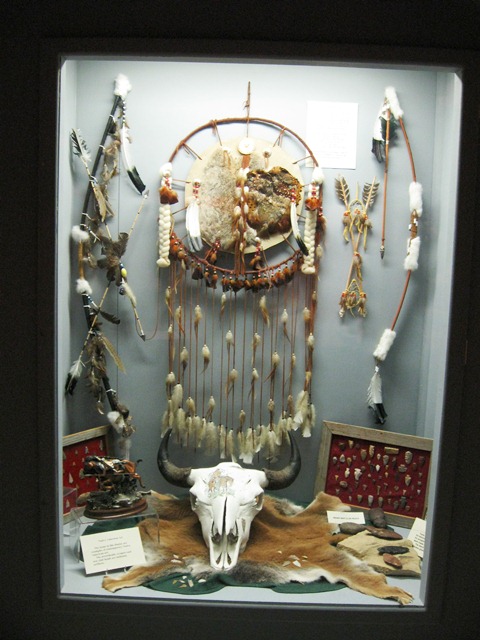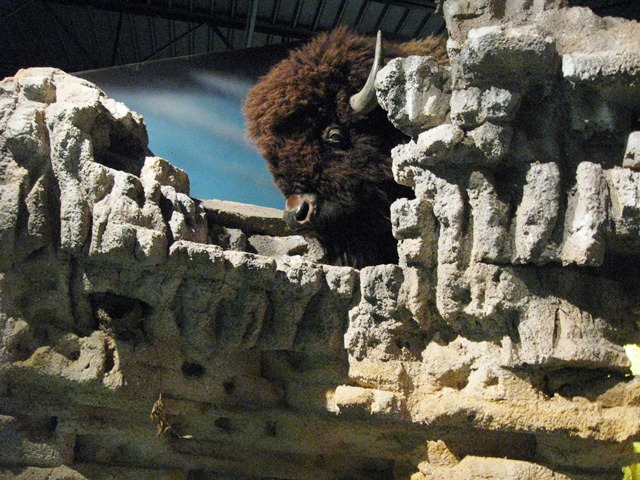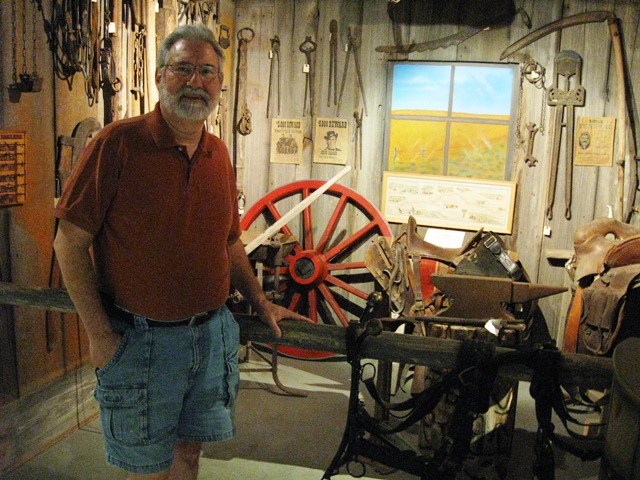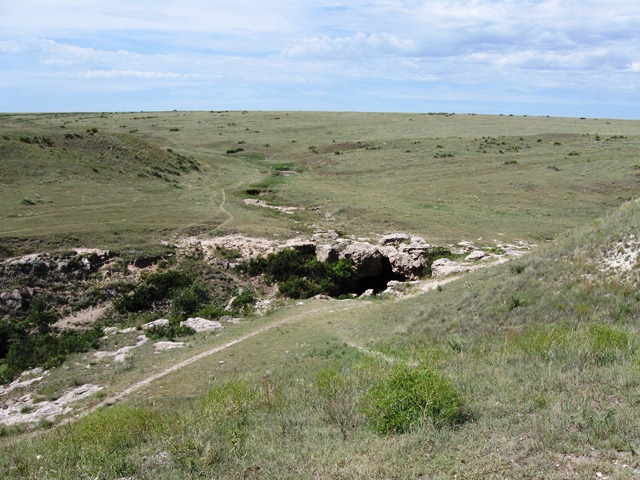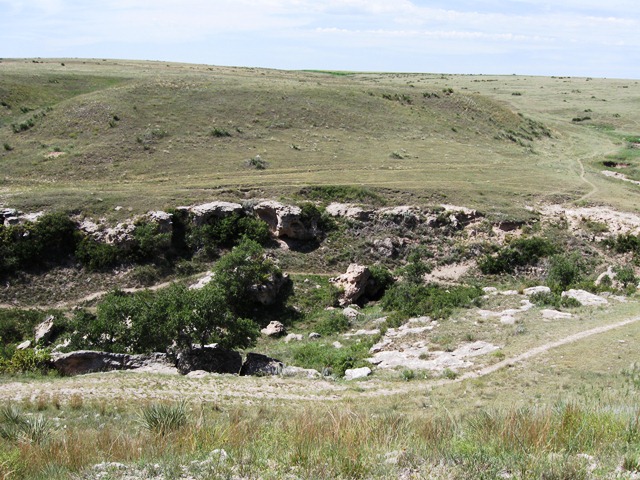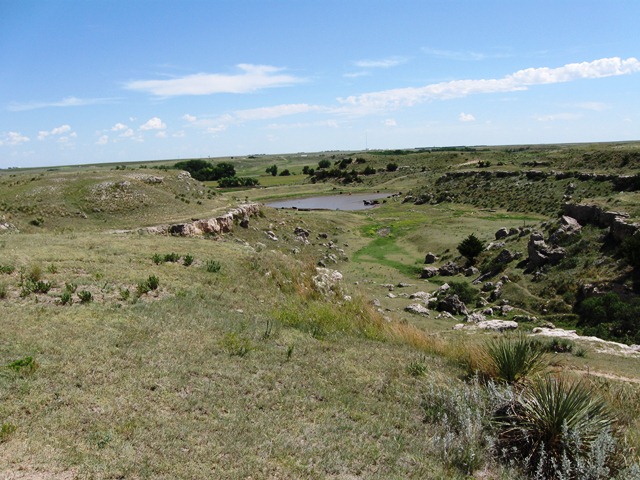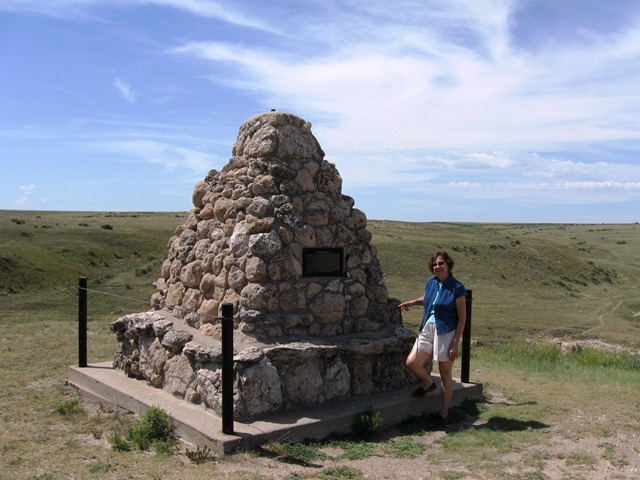 Before there was “Women’s Lib”, back when the West was wild and a couple decades after Kansas became a state, Maria De Greer and her daughter, Ida Eastman, founded what is today Scott City, KS. De Greer, a widow from Chicago, was a writer, a feminist, a newspaper woman, and the first woman admitted to the Kansas Bar Association. Being a strong advocate of the Temperance Movement, she came to Kansas to build a “model” community with no taverns and no brothels.
Before there was “Women’s Lib”, back when the West was wild and a couple decades after Kansas became a state, Maria De Greer and her daughter, Ida Eastman, founded what is today Scott City, KS. De Greer, a widow from Chicago, was a writer, a feminist, a newspaper woman, and the first woman admitted to the Kansas Bar Association. Being a strong advocate of the Temperance Movement, she came to Kansas to build a “model” community with no taverns and no brothels.
The history of Scott City and the surrounding area can be seen at the El Quartelejo Museum. The museum is a timeline taking visitors from the time Kansas was an inland sea to the present day. There is a “sandbox” where you can dig for fossils and see
American Indian artifacts along with Wild West displays and historical Kansas
housing types. In addition there is a building that houses vintage farm equipment, buggies, household, office, and farming artifacts.
Sea Creatures
In several places we visited we came face to face with ancient sea creature fossils found in the surrounding area. Millions of years ago Scott City was an inland sea and the area is rich with fossils both small and large. We’re used to thinking about dinosaurs and
mastodons but not large sea creations with fairly impressive teeth! Well, this part of Kansas is the place to seek out such history.
The Last Battle
In 1878 a group of Northern Cheyenne Indians, on an Indian reservation near
Fort Reno, Oklahoma, were homesick for their Northern home and escaped. A group
led by Chief Dull Knife and Little Wolf were trying to make their way north to
their home territory when the U.S. Cavalry caught up with them. The group made
a stand on the bluffs of Beaver Creek where they hid waiting to ambush the U.S.
Cavalry. It is also called “Punished Woman’s Fork”. The woman and children were
in the canyon to lure the Cavalry while the men waited in surrounding caves to
ambush the Cavalry. On September 27, 1878, Battle Canyon, just north of Scott City,
was the last Indian battle in Kansas.

